The Standard Gauge Railway is one of the biggest notable infrastructural development under the Jubilee government.
The government has been banging its chest about the introduction of the SGR to ease transport in the country. It has been almost six years since the SGR was launched but it is not yet clear whether or not it has eased transport.
The SGR definitely considered the time factor of easing transport but not the financial factor. Apparently it is more expensive using the SGR to navigate the country than using a public vehicle transport alternative.
Ngong, Ongata Rongai Commuter Train
The Ngong, Ongata Rongai route is the latest development on the SGR network in Kenya. Last year, President Kenyatta launched the SGR commuter train to Ngong and Rongai with so much fanfare. It meant that the residents of these two towns now had an alternative means of transport to town.
The SGR route was also launched to ease the traffic jam that is prominent with these two towns. The towns are highly populous and many stay in the traffic for hours before reaching the CBD. However, using the SGR would mean that you pay twice or even thrice the fare you would have paid with a matatu.
If one is working in the CBD, they will have to get to the Nairobi Terminus in Syokimau. Taking a normal train from the City’s railway station will cost you a mere Ksh 50. If you are looking to save time you’s better use the train to Syokimau as using a matatu will take more time because of traffic.
The evening train from the CBD departs at 5:30 pm which is the time most people will be leaving their jobs. The train ride is calculated and you will arrive at Syokimau on time to get the SGR train to Ngong and Ongata Rongai.
At the Syokimau terminus, it costs Ksh 100 to get to either Ngong or Ongata Rongai. The experience is similar to that of using the SGR train to Mombasa. There is high security at the train and it feels very safe using it for transport.
See Also>> Managing Risk: If It Is Not in Writing, It Really Does Not Exist
At this point, you have used Ksh 150 to get to either the Ngong or Ongata Rongai terminus. Using a Matatu, you would get to your house using a mere Ksh 80 or Ksh 100. The only problem would be the traffic jam but good time managers are less likely to be affected by it.
The SGR train leaves Syokimau at around 6:50 pm and arrives at Ongata Rongai 7:15 pm and only needs 15 more minutes to get to Ngong. The trip is more suitable to Mombasa road workers than those who commute to the CBD.
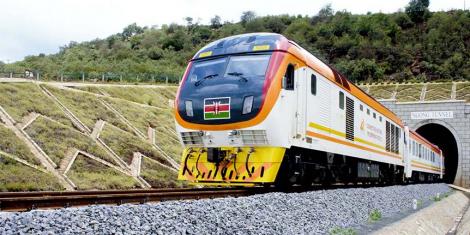
Insecurity After Alighting
Getting to the terminus, however, does not mean you are anywhere close to home not unless you live close to the terminus. There is not much settlement around the Rongai terminus meaning many passengers have to use other means of transport to get home.
This business opportunity has been seized by Boda Boda operators who are readily available to the passengers once they alight. The Boda Bodas are offering rides at between Ksh 100 to Ksh 200, depending on how far one needs to go from the station.
To get to the main road (Magadi Road) on the two-wheelers, one pays at least Ksh 150, bringing the fare to Ksh 300 for the trip. If indeed you look to save money by using the SGR then you can walk to the main highway.
However, it is inadvisable to walk this distance as the place is sparsely populated. This trek should not be made alone due to security concerns, and on occasion, the sighting of wild animals from the nearby park.
At the end of the trip, you would have spent not less than Ksh 300. Matatu prices within the same distance range between Ksh 80 to Ksh 100. The SGR saves on time but proves more than anything that Time is Money.

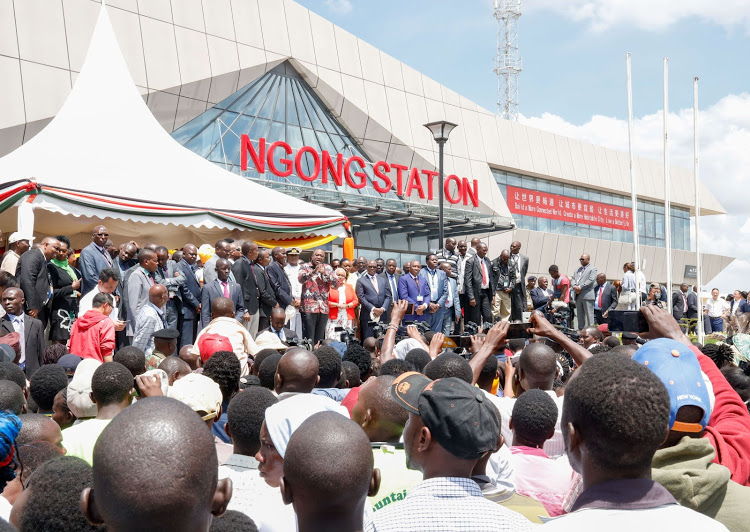





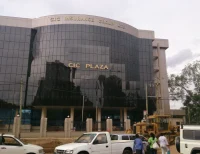



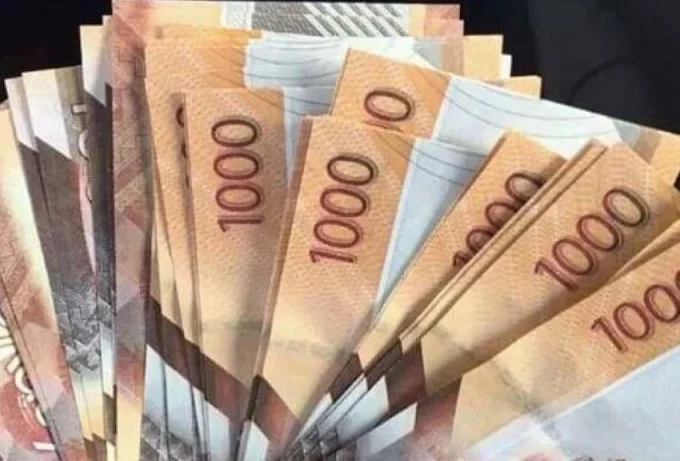
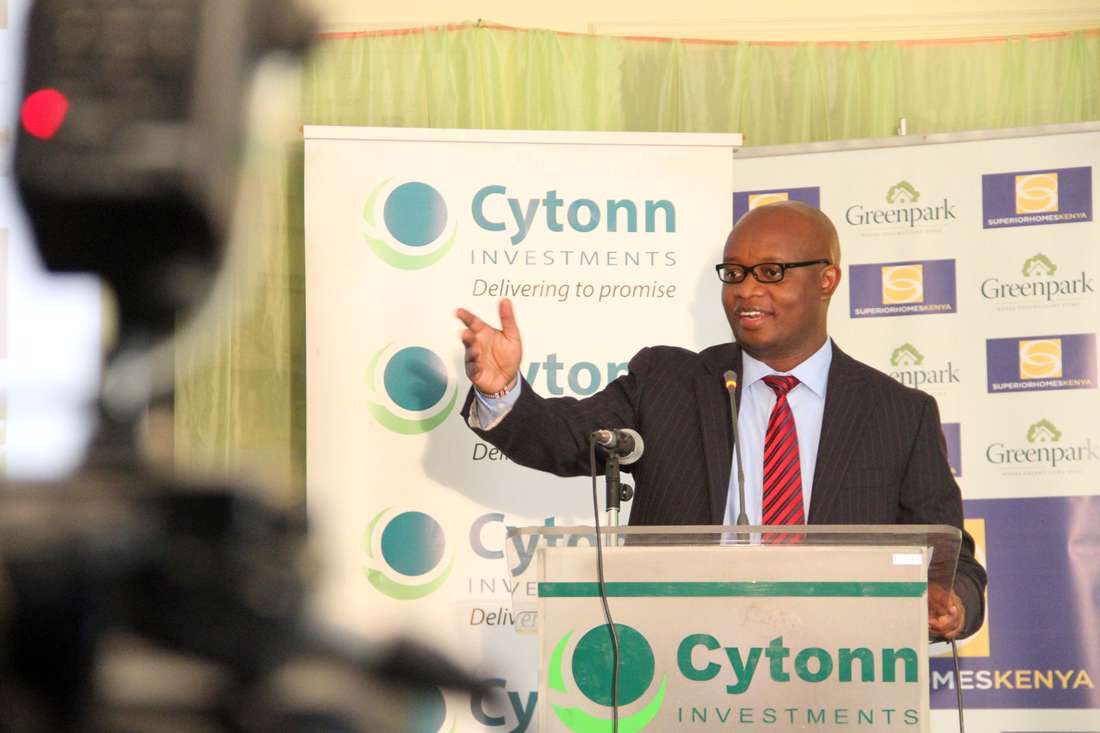
Leave a comment